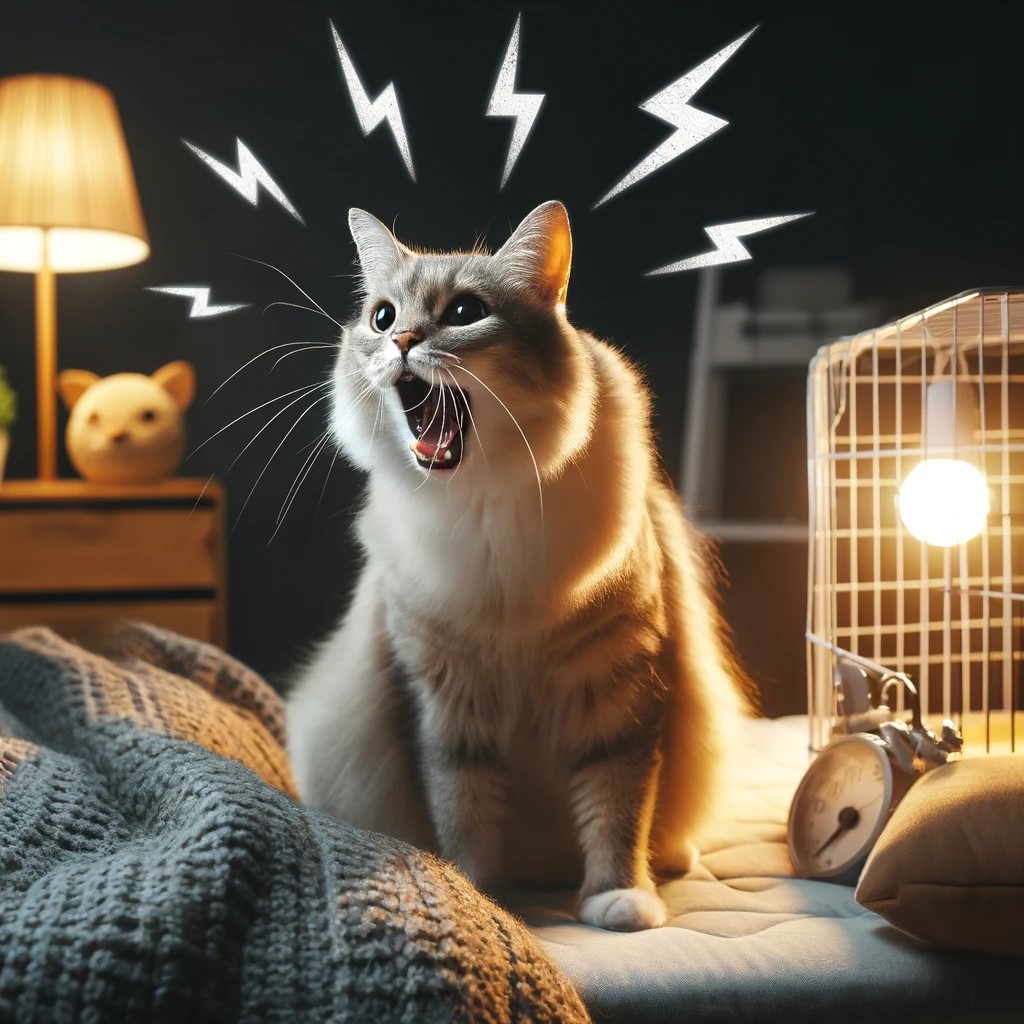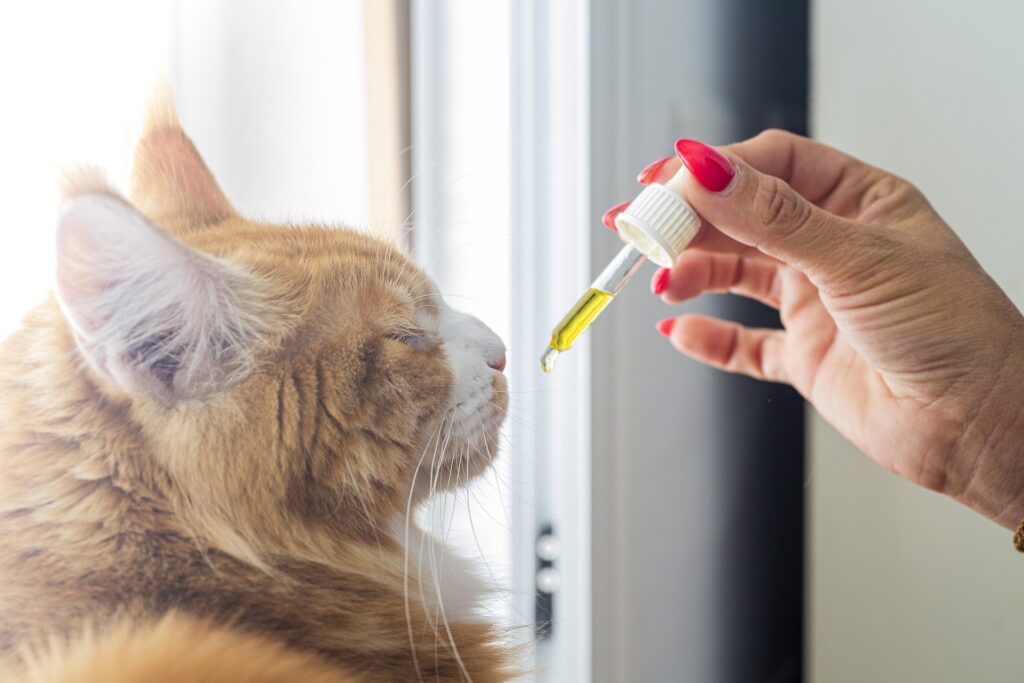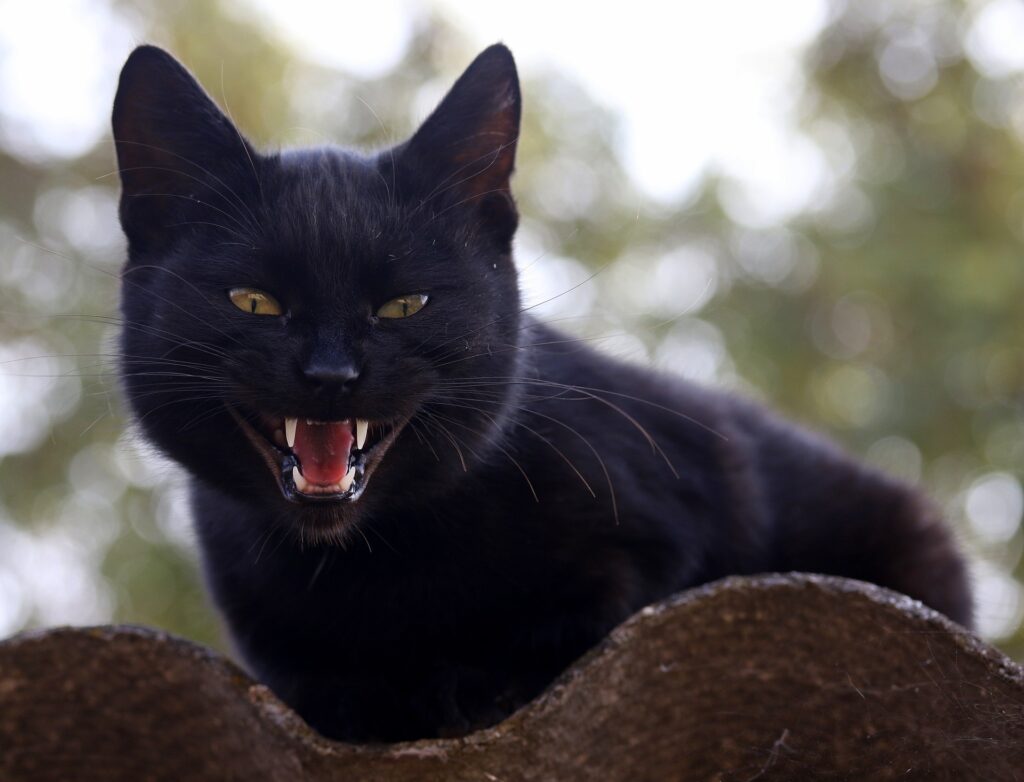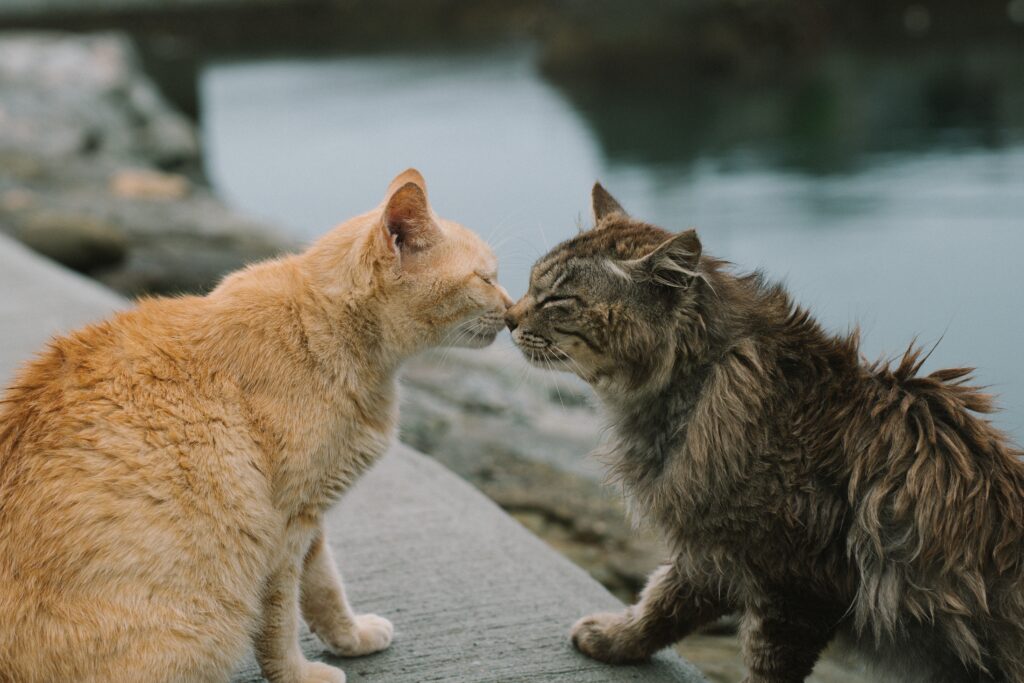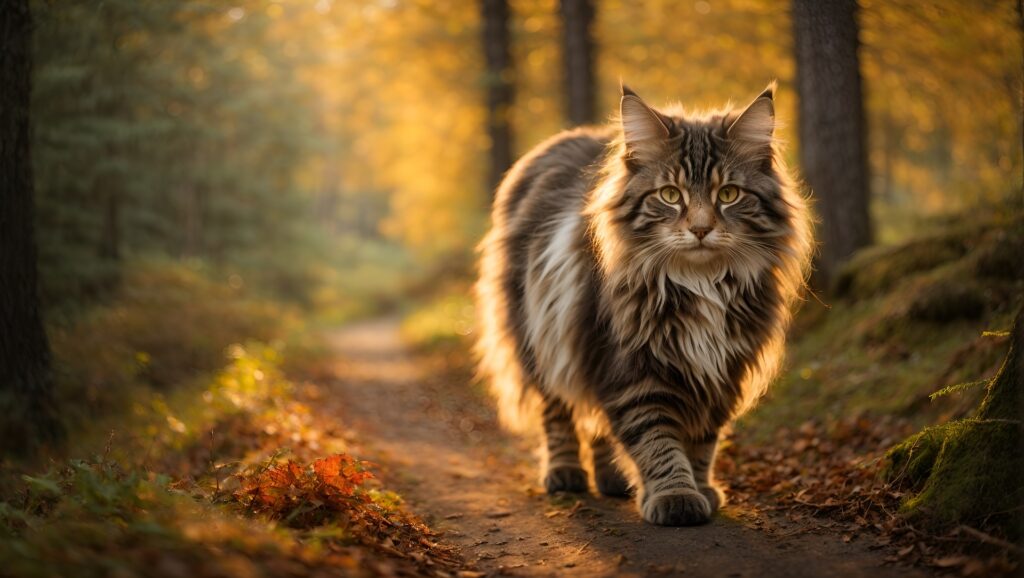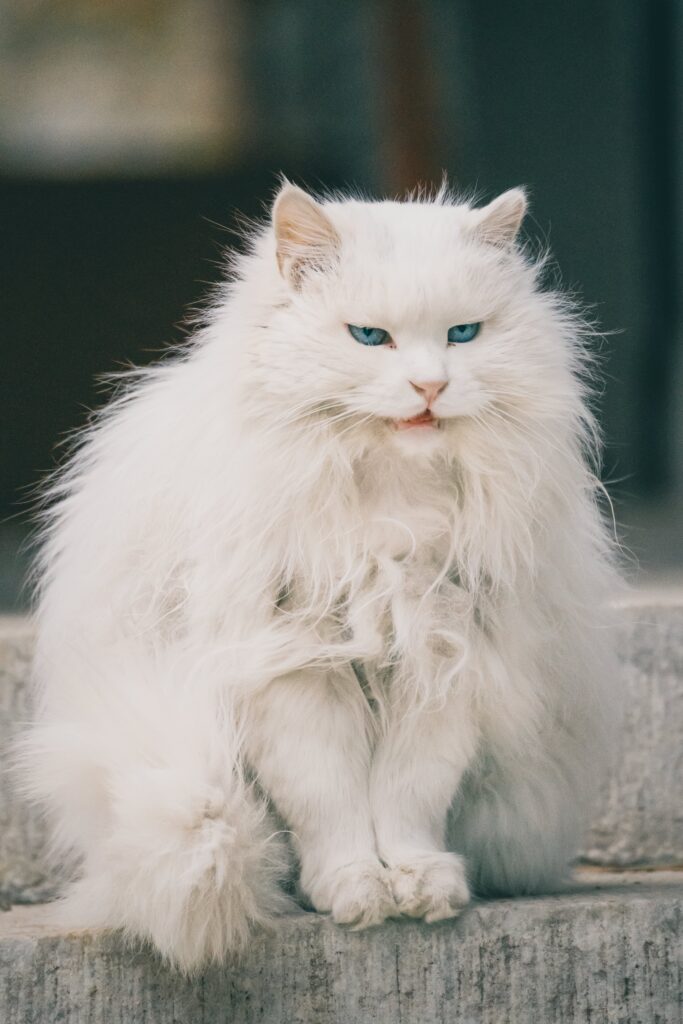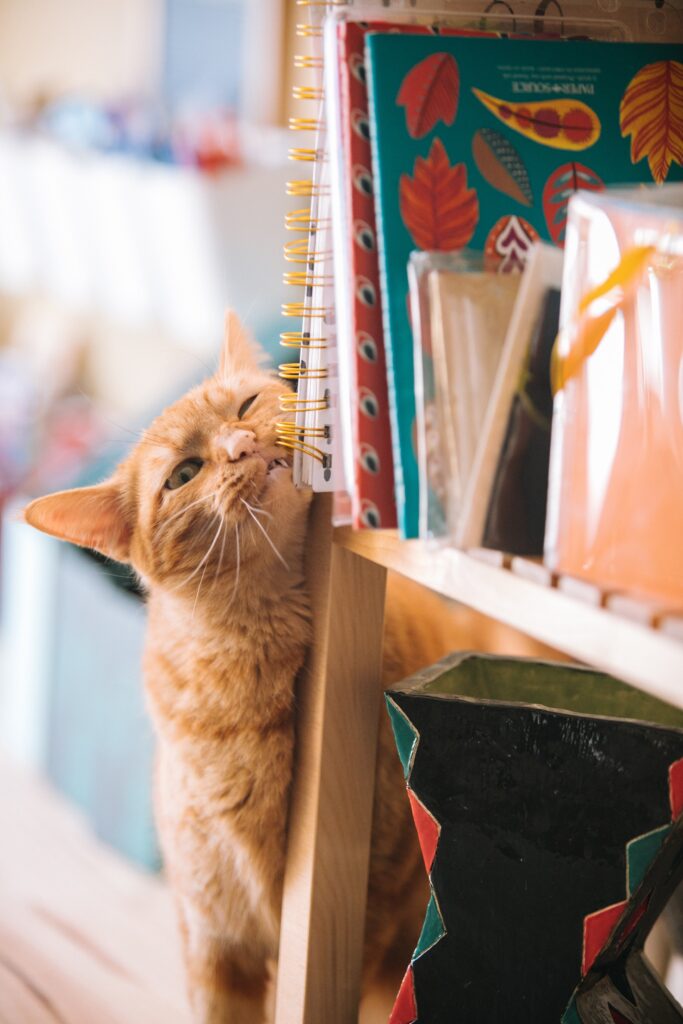The idea of giving cats pills for their behavior might sound like a modern trend, but it’s been around for a while. Vets and pet owners often want quick fixes without much hassle, and a nerve pill seems like the magic solution. However, there’s still a lot to discover in this field. The Prescription Predicament Veterinarians are accustomed to prescribing medications, and many find comfort in the medical treatment approach. The challenge arises when it comes to behavior-modification techniques. Not all practitioners are at ease with these methods. It’s crucial to remember that medication should only be a supplement for treating abnormal behavior, not a means to suppress normal behavior. Not Just Another Prescription Using drugs for behavior issues is still considered “off-label,” so it’s essential to get the owner’s consent. Clients need to be actively involved in monitoring the initial effects of the drug to ensure it’s working properly and not causing any side effects. Unlike common belief, a particular drug doesn’t work universally for a specific problem or every animal, and the right dosage can vary. From Euthanasia to Advances Believe it or not, the first drugs used for behavior problems were probably for euthanasia. Even today, euthanasia solutions top the list for dealing with behavior issues in cats surrendered to animal shelters. But there’s good news—neuropharmacology has seen some significant advances, with more in the pipeline. The Quest for the Perfect Pill The dream drug for behavior problems would work wonders for all pets, have no side effects, kick in quickly, be super safe, not mess with normal functions, have a moderate lifespan in the system, and maintain a consistent therapeutic level in the blood. Unfortunately, this perfect pill remains elusive. However, researchers are making progress in understanding how different drug groups affect neurotransmitters. The major players in normal behavior are five neurotransmitters: acetylcholine, dopamine, GABA, norepinephrine, and serotonin. They each have distinct roles, and imbalances can lead to behavior issues. For example, dopamine deals with movement and repetitive behaviors, while serotonin influences mood, appetite, and more. Understanding normal and abnormal brain function is no easy feat. Human Drugs in Pet Behavior? Yes, you read that right. Some human drugs are being tested for behavior problems in animals. While this opens up possibilities, there’s still a long way to go in finding the right solutions. Antianxiety Medications Understanding anxiety in cats can be as tricky as decoding a secret language, but just like humans, the source often lies within. Unlike fear, which relates to a specific event, anxiety in pets is a more internal struggle. Picture it as a furry friend having its own version of a panic attack, with symptoms ranging from restlessness to hours of unease. Antianxiety drugs have been in the pet playbook for quite some time. They fall into two categories: sedative hypnotics and sedative autonomics. Benzodiazepines: The Cool Cats of Calm In the world of antianxiety drugs, benzodiazepines take the crown, especially in humans. Why? It’s all about their mechanism of action. These drugs team up with GABAA receptors, acting like a backstage pass to the brain’s chill-out zone. Low doses ease anxiety, while high doses may lead to confusion. However, their popularity doesn’t mean they’re without quirks. In cats, side effects like sedation, increased appetite, and even fatal liver issues have been linked to these cool cats of calm. Buspirone: The Gentle Giant Meet buspirone, the azapirone making waves in the antianxiety scene. It’s as effective as benzodiazepines but takes a bit longer to kick in. Unlike its sedative counterparts, buspirone is less likely to make your furry friend doze off. Its magic lies in boosting serotonin levels for that mood lift. However, it’s not without its feline foibles, including increased aggression, mild sedation, and some digestive drama. As buspirone gains traction as an antianxiety option, it’s becoming a rising star in the pet medication lineup. In the quest to decode pet anxiety, this drug plays its part, bringing us one step closer to a happier, stress-free pet life. Lithium: The Moody Moderator Lithium, once a star in human medicine, is making its debut in veterinary care, mainly for dogs. It tinkers with neurotransmitters and stabilizes serotonin levels, acting as a mood stabilizer. While it might not be as popular in human medicine today, its role in the veterinary world is just starting to unfold. Present Players in the Pet Pharmacy Phenobarbital, diazepam, and amitriptyline are the MVPs of the pet pharmacy. Phenobarbital, a double-duty drug, tackles seizures and their behavioral side effects. Diazepam, though effective, comes with liver concerns, making it less popular. Amitriptyline, a Tricyclic Antidepressant (TCA), steps into the spotlight in the following section. Antidepressant Medications Understanding pet behavior can sometimes feel like decoding a puzzle, especially when it comes to antidepressant medications. Let’s simplify the complex world of these drugs and explore how they can address behavior issues in our furry friends. Tricyclics and SSRIs: Beyond Depression: While these drugs are known as antidepressants, they’ve become attention-grabbers in the realm of animal behavior. Tricyclics (TCAs) and Selective Serotonin Reuptake Inhibitors (SSRIs) are the main players, often used to tackle more than just depression in veterinary medicine. TCAs: The Mood Modulators: TCAs, like amitriptyline and clomipramine, operate by enhancing brain serotonin levels, providing relief from anxiety in cats. They vary in sedation levels. Navigating potential side effects, from nausea to sedation, requires careful consideration. Carbamazepine: More Than an Epilepsy Solution: Originally an antiepileptic, carbamazepine is finding its place in managing emotional states. While it may calm fear-aggressive cats, it could also trigger increased aggression. Its impact on various neurotransmitter systems demands attention to potential side effects like dizziness and nausea. MAOIs: A Less Common Path: Monoamine Oxidase Inhibitors (MAOIs), like selegiline, bring a specific focus on serotonin and dopamine. In cats, it’s used for hyperadrenocorticism and cognitive disorders, with potential side effects ranging from atropine-like responses to liver damage. SSRIs: Elevating Serotonin, Easing Anxiety: SSRIs, including fluoxetine, are akin to TCAs in antidepressant effects but often preferred

